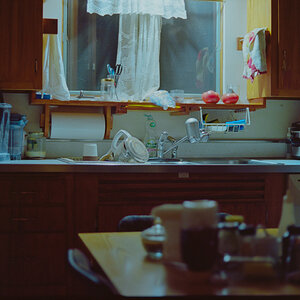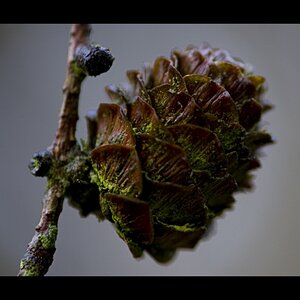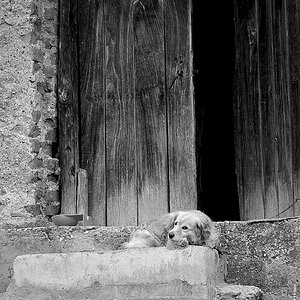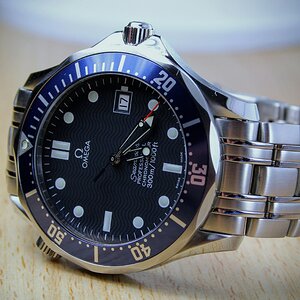- Joined
- Feb 1, 2004
- Messages
- 34,813
- Reaction score
- 822
- Location
- Lower Saxony, Germany
- Can others edit my Photos
- Photos NOT OK to edit
On 7 January next year I am supposed to do a little presentation/essay on the ins and outs of black and white photography, what's important, how it differs from colour photography, what you need to observe when you go out meaning to photograph in black & white, what you need to observe when you convert colour photos into black & white and so on.
Any ideas you have, any things that YOU feel are important in this field, might help me build my presentation.
Do you feel you can help?
I'd be very grateful!
Any ideas you have, any things that YOU feel are important in this field, might help me build my presentation.
Do you feel you can help?
I'd be very grateful!



![[No title]](/data/xfmg/thumbnail/32/32174-b57e340fadfeea99045595146efd64b1.jpg?1619735235)



![[No title]](/data/xfmg/thumbnail/37/37619-ccc825bbe41ff30b1d1e808dec8d6932.jpg?1619738152)



![[No title]](/data/xfmg/thumbnail/32/32175-dfc7c053c145a53c7f2585ca44f122d4.jpg?1619735235)
![[No title]](/data/xfmg/thumbnail/32/32173-af05ea40d00ae9cd79a01007df914b5f.jpg?1619735234)
![[No title]](/data/xfmg/thumbnail/37/37617-2a07b7e10a8d9f154e8cd9727551e0ef.jpg?1619738151)
